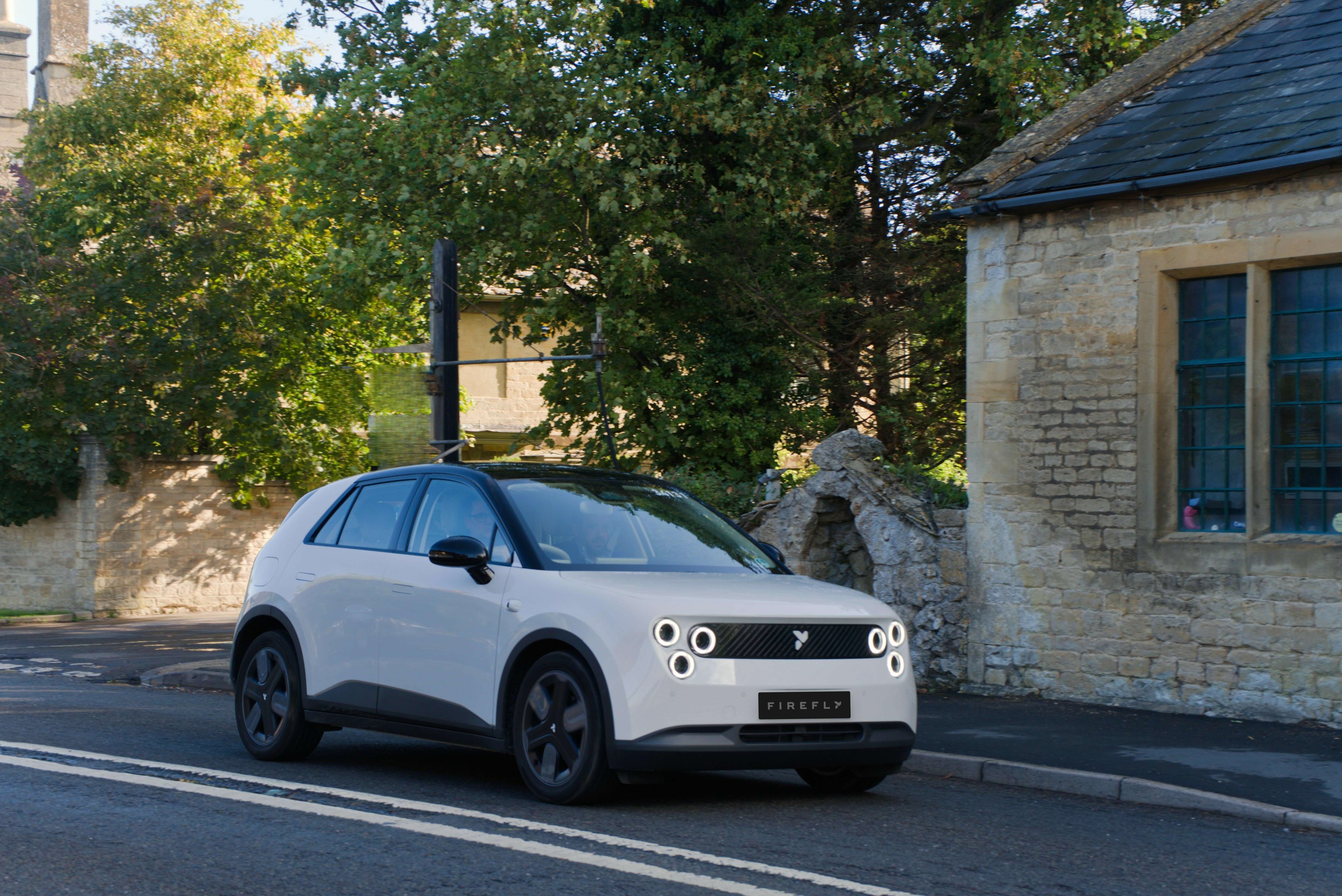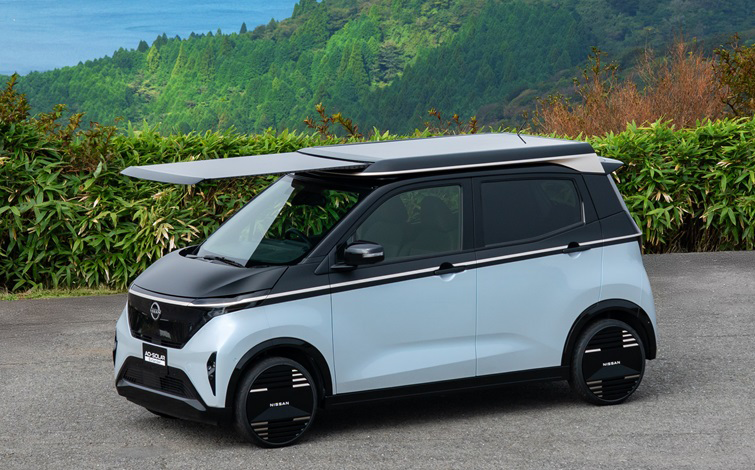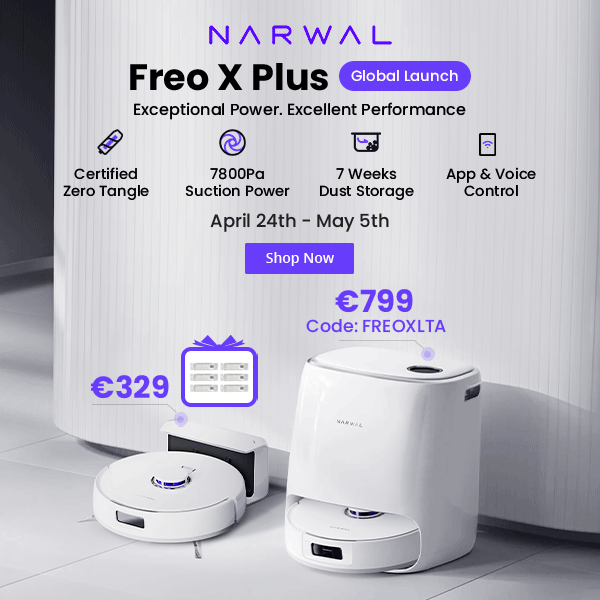
Pedro Lima
My interest in electric transportation is mostly political. I’m tired of coups and wars for oil. My expectation is that the adoption of electric transportation will be a factor for peace and democracy all over the world.
Years ago LG Chem decided that for pouch battery cells it would first replace NCM 622 with NCM 712 cathodes before moving to NCMA in 2022, while reserving the NCM 811 cathode to cylindrical battery cells.
We’re always talking about NCM 811 cathodes and easily forget that NCM 712 battery cells arrived quietly and are already powering electric cars in Europe.
The new generation Renault ZOE was the first electric car in Europe to get the NCM 712 battery cells from LG Chem, but soon others will follow.
After beating its Chinese competitors’ offers, the Korean battery cell maker SK Innovation won the supply contract with the Chinese automaker giant BAIC.
The NCM 811 batteries to be used by ARCFOX, a premium BEV brand of BAIC BJEV will be produced at SK Innovation’s battery cell plant in Changzhou, Jiangsu province, China.
The upcoming premium all-electric SUV ARCFOX α-T that’ll use these NCM 811 batteries is set to be released in the second half of the year with a driving range of 400-500 km. This is yet another Made in China alternative to the Tesla Model Y.
Commuting to work or school alone in heavy and inefficient vehicles is one of the biggest transportation problems we have. It just doesn’t make sense.
However, it’s not always people’s fault, sometimes they have no alternative.
Between 2009 and 2011, automakers seemed determined to fix this problem and presented some solutions. Back then concepts of ultra efficient electric vehicles were common at auto shows. They were light and most had tandem seats to improve aerodynamics.
In the previous article we compared the energy density of many battery packs used by popular electric cars. Most batteries were either NCM 523 or NCM 622 and on average had a gravimetric energy density between 140 and 150 Wh/kg, which is disappointing considering that’s a lot less than what we get at the cell level (230-250 Wh/kg).
The poor gravimetric energy density of current EV batteries can be explained by unnecessary complexity and in this article we’ll see an easy solution to make battery packs simpler, safer, cheaper and more energy dense.
During the first years after I started this blog in 2015 I often wrote articles demonstrating that legacy automakers weren’t taking electric cars seriously. They were actively trying to prove that electric cars didn’t work by selling overpriced cars with low range and blamed battery technology, when they weren’t even using the best battery technologies available at the time.
Back then, Tesla was the only automaker using the most energy dense batteries available, which were NCA battery cells in cylindrical form. Most automakers were using LMO battery cells in their electric cars, which are far from great…
Once again Tesla is showing what’s the smartest strategy to achieve the massification of electric cars. In China Tesla will use two very different battery chemistries for the Model 3. One to give the lowest cost/higher availability and another to give the best range.
In this article we’ll see why Tesla’s new battery strategy will probably be adopted by other automakers.
Warning
This is the kind of article I like to write, it will be long…
Once upon a time, not many years ago LFP (LiFePO4) batteries were very popular, including for electric vehicles. Most LFP batteries were produced by Chinese battery cell makers such as Thunder Sky Winston Energy, but it was a North American company that made this battery technology famous.
A123 Systems was the battery cell maker that made great improvements to the LFP battery technology - at a time when Chinese companies only copied things without improving them.
Developing a battery chemistry is always an exercise that requires making concessions. There isn’t a battery chemistry that is the best in every field, to have a well balanced battery we have to make compromises regarding energy density, power density, safety, cycle life and cost.
In this long article we’ll see where the battery technology is going with the focus on the development of NCM cathodes. I’ll leave anodes and electrolytes to another time.
The NIO ES6 is an all-electric SUV for the Chinese market that has a 84 kWh battery pack made with NCM 811 battery cells from CATL. NIO has announced that deliveries to customers are underway.
Let’s see the press release.
Shanghai, China – June 18, 2019 – Today, NIO officially began delivery of the 5-seater high-performance, long-range, electric SUV, NIO ES6, to its users. NIO ES6 Premier Edition vehicles were delivered to users in Beijing, Shanghai and Guangzhou.
Hyundai Motor just deleted a press release where it informed that the new model year Hyundai Kona Electric is going to get a 11 kW on-charger in Europe.
Fortunately Stefan Kopeinig saved a screenshot with the important information from the deleted press release.
Besides the new 3-phase 11 kW on-board charger, the new Hyundai Kona Electric also gets the new Hyundai Blue Link app, optional new centre display touch-screen and heated rear seats.
Now that Nissan’s battery business was finally sold to Envision, we can expect faster development of AESC battery cells under Chinese ownership.
The first obvious step is to introduce NCM 811 battery cells next year.
The new Gen5 (NCM 811) battery cell’s dimensions and tabs disposition are quite different from the old generation, this shows that they aren’t meant to be a direct replacement. The new more energy dense cell require a different pack arrangement and the introduction of a good liquid-cooling TMS (Thermal Management System). The new Gen5 cell also look more appropriate for a “skateboard” battery pack layout.
Last year I wrote an article about CATL’s goal of introducing NCM 811 battery cells in 2019, but unfortunately the company wasn’t ready to make that information public and I had to make that article private just a few hours after releasing it.
However, it’s now public, CATL has just announced that it has created a battery cell sample with an energy density of 304 Wh/kg, which represents a major improvement from NCM 523 battery cells that have been used by CATL since 2017.






































